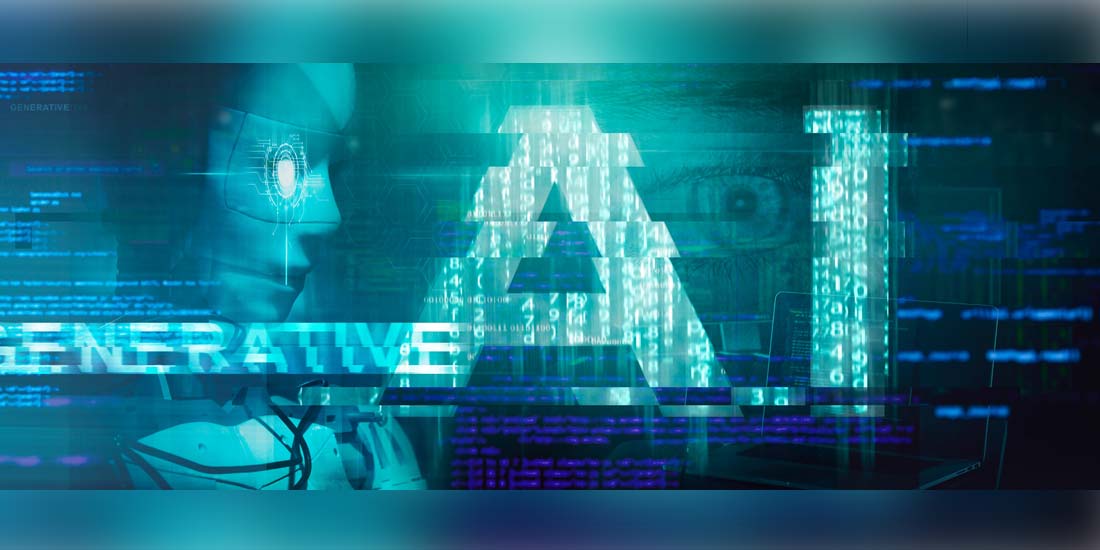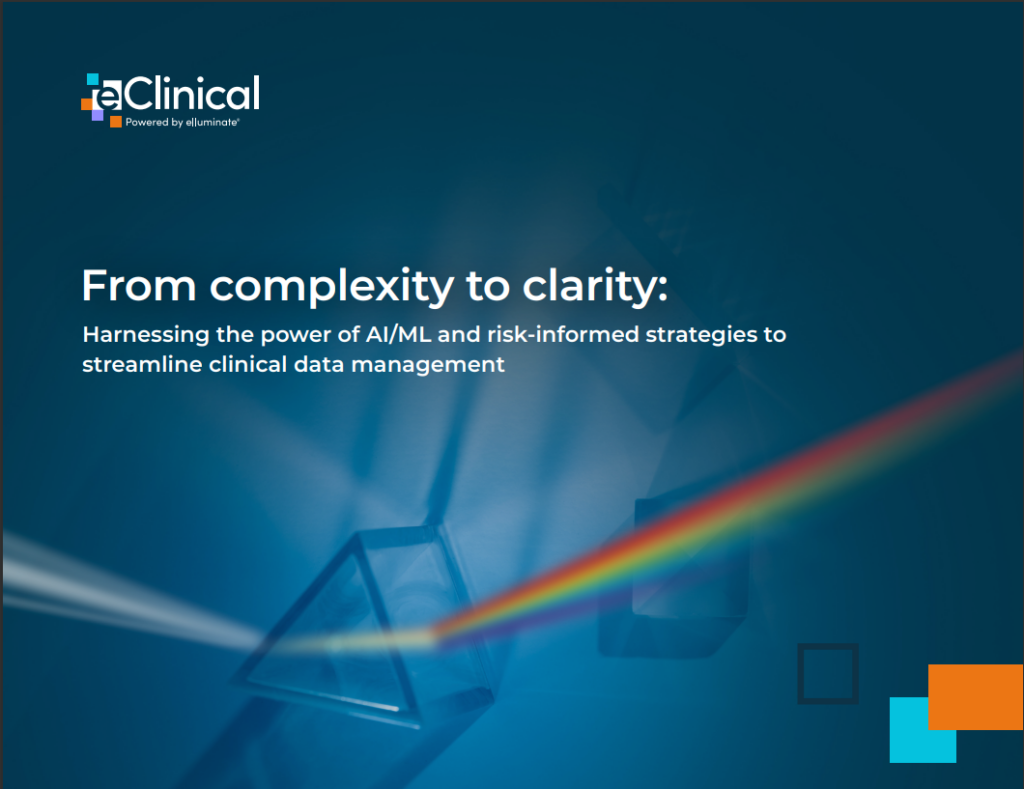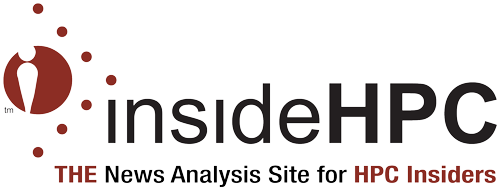In an era where cloud and the emergence of AI use cases have driven up the value of massive data sets, hard drives are more critical for data center operators than ever before. Hard drives store the majority of the world’s exabytes (EB) and industry analysts expect hard drives to be the primary beneficiary of continued EB growth. That will be the case especially in enterprise and large cloud data centers—where most of the world’s data sets reside.
Proponents of flash-only technology have claimed for years that “hard drives will soon be a thing of the past” and “the data center of the future is all-flash.” These comments have not aged well. Without question, solid-state drives (SSDs) are an important technology and are well-suited to support applications that require real-time data transfer. However, hard drives will continue to be the primary destination for data center exabytes.
One myth that tends to recirculate from time to time is that only flash technology can meet the performance requirements of modern enterprise workloads. This is often followed up with an urgent imperative to avoid the risk of falling behind by “simplifying” and “future-proofing” by switching to all-flash systems. In reality, enterprise storage architecture requires a mix of media types to optimize for the cost, capacity, and performance needs of specific workloads. An all-flash, zero-sum logic fails for three reasons:
1. Most modern workloads do not require the performance advantage offered by flash.
Most of the world’s data resides in the cloud and large data centers. In these environments, workloads follow a Pareto rule: only a small percentage of the workload requires a significant percentage of the performance. Over the last five years, hard drives have amounted to almost 90% of the storage installed base in cloud service providers and hyperscale data centers.
2. Enterprises must balance capacity and cost, as well as performance.
TCO considerations are key to most data center infrastructure decisions. This forces a balance of cost, capacity, and performance. Optimal TCO is achieved by aligning the most cost-effective media—hard drive, flash, or tape—to the workload requirement. Hard drives remain the most cost-effective option for most enterprise tasks. They hold a 6:1 cost-per-terabyte advantage over SSDs, which positions disk media as the unquestionable cornerstone of data center storage infrastructure.
3. The purported simplicity of a single-tier storage architecture is a solution in search of a problem.
Many hybrid storage systems employ a well-proven and finely tuned software-defined architecture that seamlessly integrates and harnesses the strengths of diverse media types into singular units. In scale-out private or public cloud data center architectures, file systems or software-defined storage are used to manage the data storage workloads across data center locations and regions. They offer more than adequate flexibility, allowing businesses to adjust their storage composition based on ever-changing needs.
In summary, cloud, hyperscale, and large enterprise storage architectures select storage that optimizes cost, capacity, and performance. Hard drives serve workloads that flash should not. Flash serves workloads that hard drives should not. Both storage media will coexist in the data center, with hard drives continuing to dominate in terms of exabytes stored for the foreseeable future.
_____________
[1] IDC, Multi-Client Study, Cloud Infrastructure Index 2023: Compute and Storage Consumption by 100 Service Providers, November 2023
About the Author

Jason Feist is Seagate’s Senior Vice President of Products and Markets. His previous roles include Vice President of Hardware Engineering and Senior Director of Seagate’s Office of the CTO. With 7 patents secured and 9 pending, Feist has implemented complex technical solutions in hardware, software, and systems. He holds degrees in electrical engineering from the University of Minnesota.
Sign up for the free insideAI News newsletter.
Join us on Twitter: https://twitter.com/InsideBigData1
Join us on LinkedIn: https://www.linkedin.com/company/insidebigdata/
Join us on Facebook: https://www.facebook.com/insideAI NewsNOW





Speak Your Mind